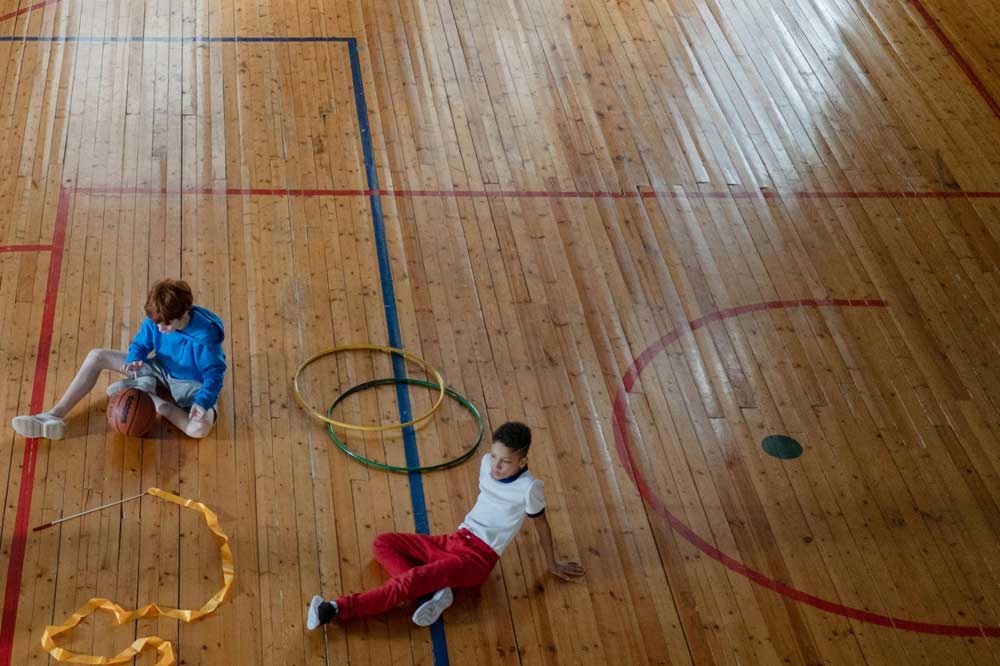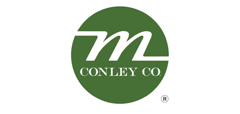Cleaning Checklist for Floor Care in Schools

Schools can expose children to diseases and viruses daily. To ensure children's safety, schools must prioritize thorough cleaning measures. By following a floor care checklist, schools can ensure consistent and effective cleaning procedures, prolong the lifespan of their flooring and maintain a welcoming and hygienic atmosphere throughout the year. This checklist covers various areas within a school, including cafeterias, classrooms, hallways, gyms and administrative offices and can be used during the school year or the summer break.
Keeping floors clean in the cafeteria
Regular cleaning operations are crucial in the cafeteria, where students meet for meals and socialize. This involves sweeping to get rid of any loose debris or crumbs, then mopping with a cleaning solution that also works to get rid of grease from the food. One of the weekly maintenance jobs is scrubbing away at built-up filth and stains.
Durable, absorbent mats strategically placed at entrances are essential preventive measures to maintain cafeteria cleanliness and minimize the risk of slips and falls. Regular inspections for signs of wear and tear, such as dents or scratches, can help identify issues early and prevent further deterioration.
Making sure classrooms are healthy learning environments
Classrooms, where students spend a significant portion of their day, require sweeping or vacuuming. Spot-cleaning visible spills or stains to maintain a clean and hygienic environment. Weekly maintenance includes mopping with a disinfectant solution, moving furniture to access hard-to-reach areas, and considering special care for different flooring types, such as carpeted areas or hardwood floors.
Encouraging students to maintain cleanliness by establishing designated areas for storing backpacks and personal items can further contribute to a tidy and organized classroom environment.
Keeping traffic flowing smoothly in hallways
Maintaining clean and well-kept hallways and corridors is essential. Regular sweeping or vacuuming is also important, along with mopping and polishing vinyl or tile flooring. For carpeted areas, deep cleaning not only enhances indoor air quality by eliminating dust and allergens but also ensures a fresh environment. In addition to daily vacuuming, utilizing low-moisture cleaning products and spot treatments during class hours is advisable. Holiday and summer breaks offer ideal opportunities for hot water extraction, effectively removing deep-seated soil and residues left behind by other cleaning methods.
Placing trash and recycling cans in the halls can limit the trash and debris gathered on the floor. This will keep the floor clean longer throughout the day.
Improving gym cleanliness and safety
Gym floor care demands daily maintenance procedures, such as sweeping or dust mopping to remove dirt, debris, and sweat residue from athletic activities. For years of use by staff and students, gym flooring composed of tough vinyl tiles, wood, or synthetic materials needs to be properly maintained. Athletic shoe residue can be eliminated using a high-visibility sweeping product to remove dirt and tiny particles once a week. Adding mats to locker rooms, outside entrances and inside spaces helps protect the floor's finish, minimize dirt, mud and water and improve floor cleaning effectiveness.
Prevent office spaces from being overlooked
Offices and administrative spaces should have routine cleaning schedules that include sweeping or vacuuming to get rid of dirt and debris and quickly spot-cleaning any spills or stains. The weekly maintenance activities include scrubbing the floors with a disinfectant solution and doing any necessary floor repairs or refinishing to take care of any wear and tear indicators, like dents or scratches. Mats can be placed at the doorways to prevent dirt from being brought inside.
Keeping the workplace tidy and orderly improves appearance overall, gives guests a professional impression and helps employees work in a productive environment.

